The high US consumer price index in November has become a major challenge for policy planning for the coming time when Mr. Donald Trump takes over the White House.
The US Federal Reserve (Fed) is expected to hold its final meeting of the year this week, but it is unclear whether the Fed will continue to cut its key interest rate.

Americans are facing higher-than-expected inflation.
Fed in dilemma
The reason for the above forecast is because the recently released data shows that US inflation in November was 2.7% compared to the same period in 2023. Immediately after the inflation data was released, Asian currencies increased in value against the USD. According to the Financial Times , compared to a currency basket including the British pound and Japanese yen, the USD weakened by 0.15%.
Recently, The New York Times published an analysis related to the above developments. Accordingly, in the process of operating the basic interest rate after the pandemic, the Fed has achieved a feat of reducing the inflation rate but the economy has not fallen into recession. However, although inflation has now decreased significantly compared to the peak of up to 9% in 2022. Thanks to that, in September, the Fed cut the operating interest rate by 0.5 percentage points, to 4.75 - 5%. Analysts have expected that in the upcoming meeting, the Fed will continue to cut the operating interest rate by another 0.5 percentage points, to 4.25 - 4.5%.
However, the trend may be reversed because the Fed is facing a dilemma. Specifically, the Fed has a dual mission of keeping inflation low while maximizing employment, but has only one main tool: the policy interest rate. With the current developments, if the Fed continues to cut the policy interest rate, it may be difficult to bring inflation back to the target level. On the contrary, if it does not cut the policy interest rate, it will be difficult to create more jobs because the market is not stimulated to grow. Therefore, the Fed is facing a scenario of having to choose which target to pursue.
Meanwhile, according to Market Watch , the Fed may still receive positive signals. Specifically, although prices have increased rapidly in the past few months, the three main drivers of inflation have shown signs of decreasing in the coming months: Housing costs, service prices and labor costs. Of which, the biggest problem is housing, because this is the largest cost for most families and is the main cause of high inflation over the past 2 years. Therefore, one option for the Fed could be to cut the operating interest rate by another 0.25 percentage points instead of 0.5 percentage points as expected.
Difficult for Mr. Trump
Not only does the recent rise in inflation put the Fed in a dilemma, it also poses a challenge to President-elect Donald Trump's intentions.
Recently, Mr. Trump has affirmed that he will increase tariffs on goods from Canada, Mexico and China. Mr. Trump threatened to impose a 25% tariff on goods from Mexico and Canada, as well as an additional 10% tariff on Chinese goods. All three countries are leading trading partners, supplying many important goods to the US. Therefore, if Mr. Trump immediately increases tariffs on goods from these three countries and many other economies, it will cause prices in the US to escalate, because the shift of production chains to this country is unlikely to become a reality anytime soon.
In a recent Reuters/Ipsos poll released on December 13, most respondents did not think that raising import tariffs was a good idea and were concerned that it would lead to higher prices. Only 29% of respondents agreed with the statement that “the United States should charge higher tariffs on imported goods even if prices rise.” By contrast, 42% disagreed, and 26% said they did not know, while the rest did not answer the question. In addition, only 17% of respondents agreed that they would personally be better off if the United States imposed tariffs on imported goods.
If the goal is to threaten to raise tariffs to pressure China to increase its purchases of American goods to balance the trade gap, Trump will not be able to succeed. In his first term, by raising tariffs, Trump got China to commit to increasing its purchases of American goods, but in reality, Beijing still did not buy enough as promised.
According to statistics, when Mr. Trump took office for his first term in 2017, the federal government's revenue from customs was 34.6 billion USD. By 2019, this number had increased to 70.8 billion USD. Although the increase is very high, this figure is only equivalent to about 0.3% of the current US GDP. This fact, in the context of current rising inflation, has analysts expressing concern about Mr. Trump's plan to increase import taxes.
Source: https://thanhnien.vn/nuoc-my-giua-cuoc-chien-chong-lam-phat-185241215230357018.htm



![[Photo] "Beauties" participate in the parade rehearsal at Bien Hoa airport](https://vstatic.vietnam.vn/vietnam/resource/IMAGE/2025/4/11/155502af3384431e918de0e2e585d13a)

![[Photo] Looking back at the impressive moments of the Vietnamese rescue team in Myanmar](https://vstatic.vietnam.vn/vietnam/resource/IMAGE/2025/4/11/5623ca902a934e19b604c718265249d0)


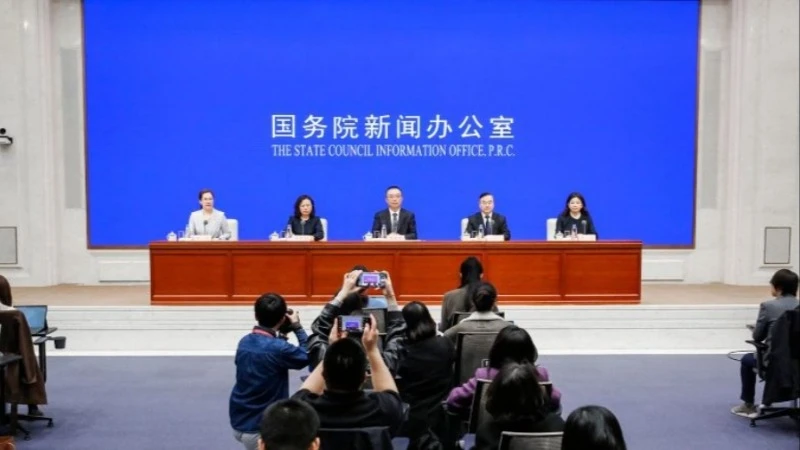




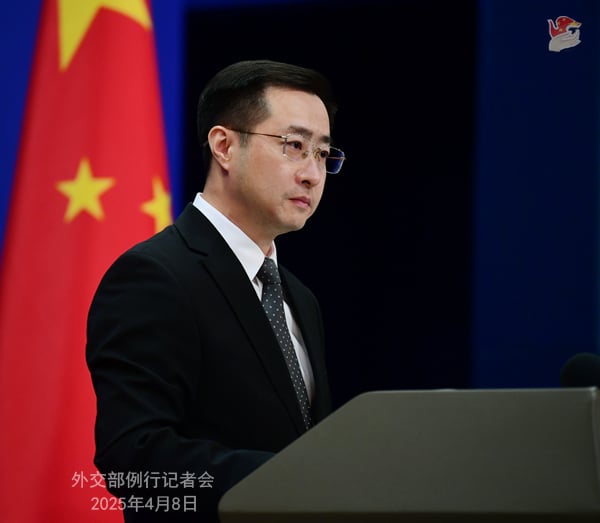


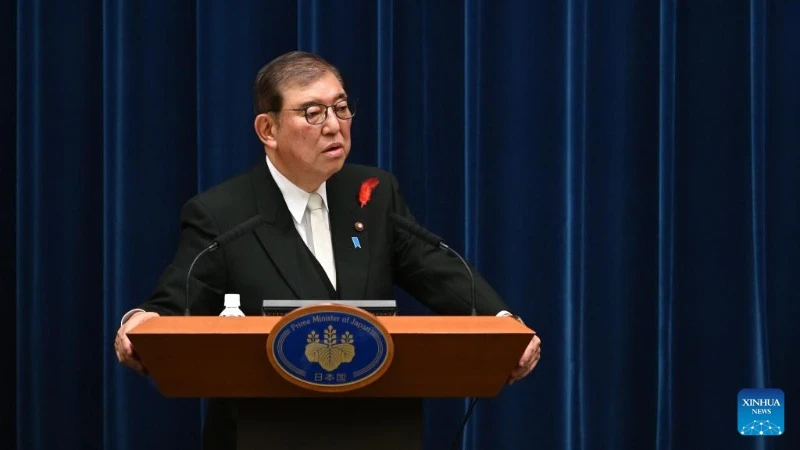




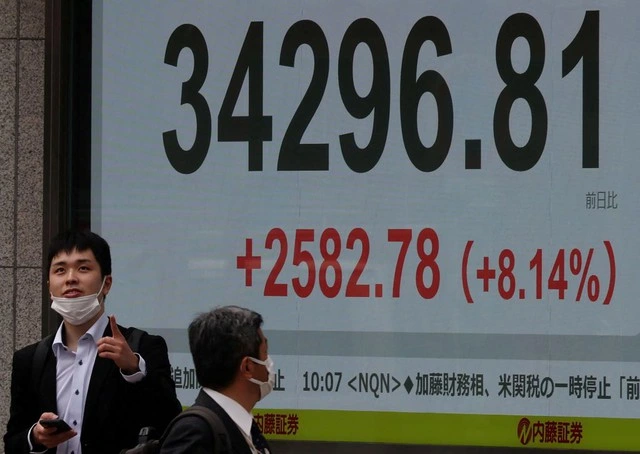
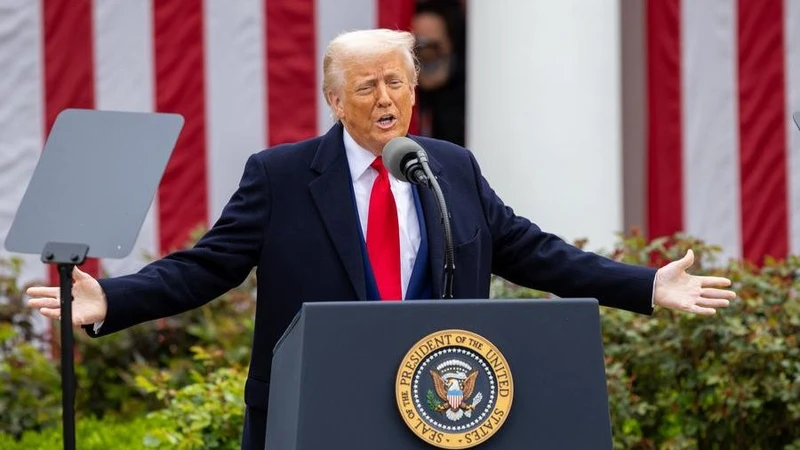



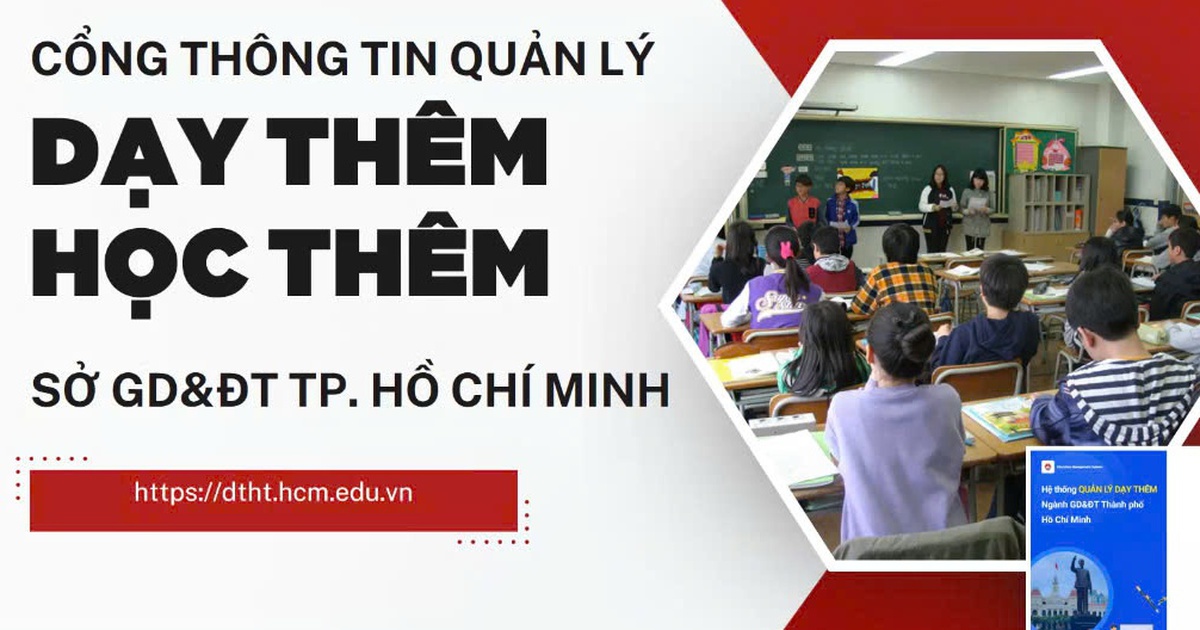




![[Photo] Summary of parade practice in preparation for the April 30th celebration](https://vstatic.vietnam.vn/vietnam/resource/IMAGE/2025/4/11/78cfee0f2cc045b387ff1a4362b5950f)




























































Comment (0)